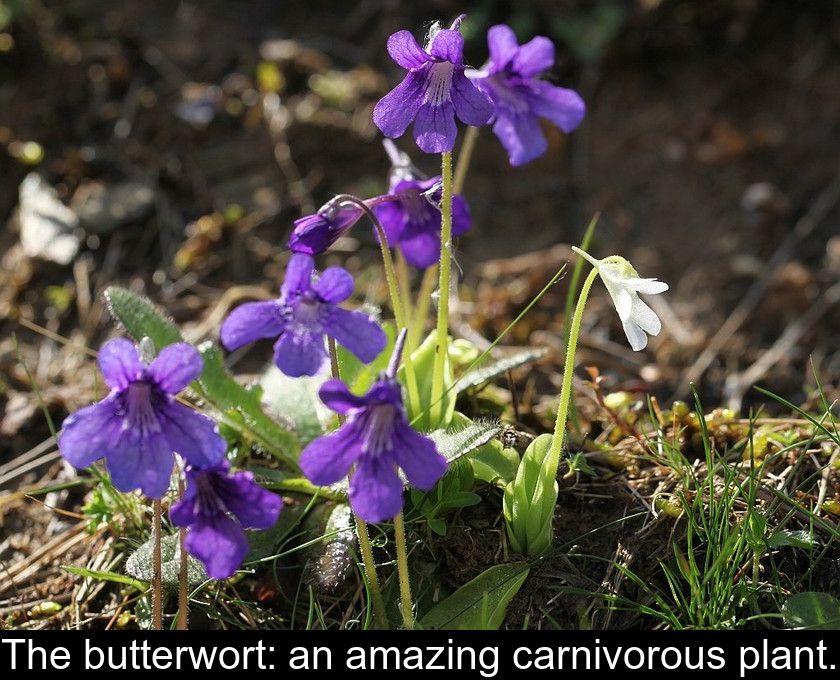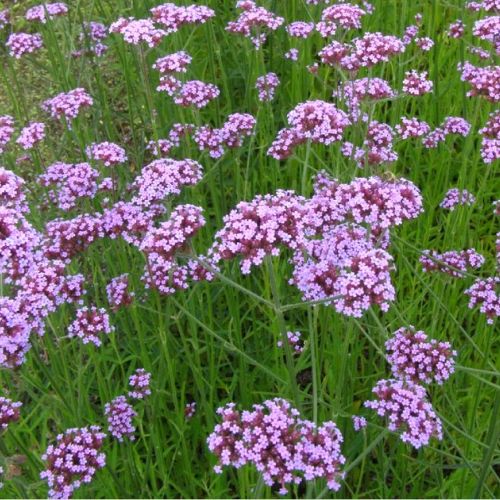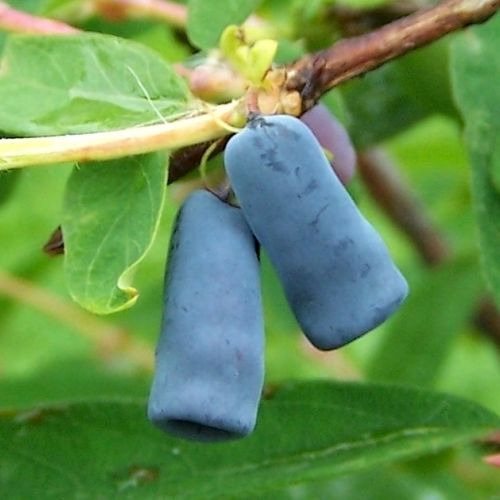The Butterwort: An Amazing Carnivorous Plant.
With its pretty flowers that resemble violets, the pigmyweed looks harmless. But don't be fooled by its innocuous appearance! Despite its charming little flowers, this species is a carnivorous plant that traps insects with deadly efficiency. We invite you to discover this plant that is as surprising as it is deadly.
An unknown carnivorous plant.
Perhaps you have never heard of the butterwort or pinguicula... and yet, it is a species well-known to carnivorous plant enthusiasts!
Less well-known to the general public than the Venus flytrap or the round-leaved sundew, this flowering plant is no less formidable in trapping insects that come within its reach.
Butterworts belong to the Lentibulariaceae family and the Pinguicula genus. This botanical genus includes 75 species of carnivorous plants found in all parts of the world, except for Australia and Oceania.
A rosette of flytrap leaves.
Unlike carnivorous plants that close their trap on their prey, such as the Venus flytrap, the butterwort has developed another strategy to feed on insects. This plant, which grows on the side of wet cliffs, in wet meadows, bogs or along watercourses, catches its prey thanks to its rosette of light green to yellow leaves. Indeed, these fatty leaves are covered with a sticky secretion that is very attractive to small insects and acts exactly like flypaper! As soon as the unfortunate creatures land on them, they are trapped and begin to be digested by the plant. Butterworts thus compensate for the poverty of the environments in which they grow naturally. Their deadly rosette of leaves can reach 20 cm in spread in some species. Flowering can occur between spring and autumn depending on the species. The flowers, whose shape resembles that of violets, can be white, pink, purple or blue, and more rarely yellow or red.
An easy-to-grow carnivorous plant.
If you are fascinated by carnivorous plants of all kinds, you absolutely must adopt a butterwort to complete your collection.
The most common cultivar in garden centers is Pinguicula 'Tina', which has the advantage of being easy to grow in a pot, like an indoor plant. This cultivar, resulting from the crossbreeding of two Mexican species, simply needs strong light, a poor, acidic, drained and fresh substrate, and a well-controlled watering.
This carnivorous plant should be watered with room temperature water containing no limestone or chlorine. Use rainwater or mineral water and never wet the foliage.
In summer, you must keep the substrate very moist by regularly filling the plant's saucer. Add more water every time it empties. If the growing conditions are suitable, this Pinguicula blooms from April to June.
In winter, the plant goes into dormancy. You must keep the substrate slightly moist and no longer leave water in the saucer.
Can we grow harebells outdoors?
If you are considering outdoor cultivation, prefer the hardiest species such as Pinguicula grandiflora or large-flowered butterwort, Pinguicula alpina (adapted to mountainous areas) or Pinguicula corsica which produces blue or purple flowers in summer.
But be aware that it is difficult to recreate optimal growing conditions for these varieties in open ground, namely an artificial bog. When grown outdoors, the plant can also be attacked by aphids and slugs.
That's why butterworts are generally cultivated in pots and indoors, preferring non-hardy Mexican species. They do not withstand temperatures below 10°C.
In good weather, you can take your butterwort outside so that it has access to more prey. But then you will have to think about sheltering it from the cold before autumn...
Maintenance tips for grassette.
Butterworts do not need fertilizer as they are carnivorous plants that feed on insects. Maintenance is limited to cutting the flower stalks at the end of flowering. You can also cut dead leaves at their base. Be very careful not to touch other leaves as they necrotize at the slightest injury.
This plant can be propagated by sowing on a bed of peat at a temperature of 18°C, by dividing clumps in spring, or by leaf cuttings in winter.
Contrary to popular belief, this plant is not toxic. Common butterwort is even considered a medicinal plant because it is possible to harvest its fresh leaves and apply them to a cut to accelerate wound healing.










